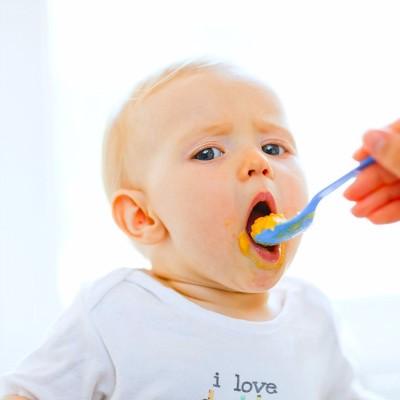How is child tooth sparse to return a responsibility
summary
The etiology of children's sparse teeth is very complex. There are many different treatments for different types of cases. Every parent is very concerned about the health of children's teeth. However, some children's teeth still have the problem of too large tooth gap. We call it sparse teeth, which makes many parents feel worried. So, what's the matter with children's sparse teeth? Let's see Let's have a look.
How is child tooth sparse to return a responsibility
First: between the age of 6 and 9, there are often gaps between the teeth, which become sparse. The gap at this stage is a temporary physiological gap. The existence of the gap is very beneficial to the eruption of the larger permanent teeth which are about to replace the deciduous teeth. It is conducive to the permanent teeth to have enough position to arrange in order. After the tooth replacement is completed and a new occlusal relationship is established, the gap will disappear naturally.

Second, there are two reasons for the sparse permanent teeth. One is the smaller shape of permanent teeth, such as conical teeth or small teeth; the other is the existence of congenital missing teeth, which can be closed by orthodontic or repair methods.

Third: congenital edentulous, that is, the number of teeth is insufficient, which can be divided into individual edentulous, partial edentulous and total edentulous. Congenital absence of teeth is mostly related to heredity, and may also be the result of harmful substances in early embryo. If it is an individual tooth and has little effect on masticatory function, dentition morphology and aesthetics, it can not be treated; when the number of missing teeth is large, removable denture can be considered to restore masticatory function and aesthetics, and promote the development of jaw, muscle and face, but the prosthesis must be replaced with the growth and development of children.

matters needing attention
When the permanent tooth germ is congenital missing, the preservation or extraction of deciduous teeth becomes more cautious and difficult. When the permanent teeth are crowded, the deciduous teeth without inheriting permanent teeth can be extracted to provide sufficient space for crowded permanent teeth and arrange them neatly; when the permanent teeth are sparse and the space is sufficient, the retained deciduous teeth can be retained to maintain the complete dentition and chewing function.
















